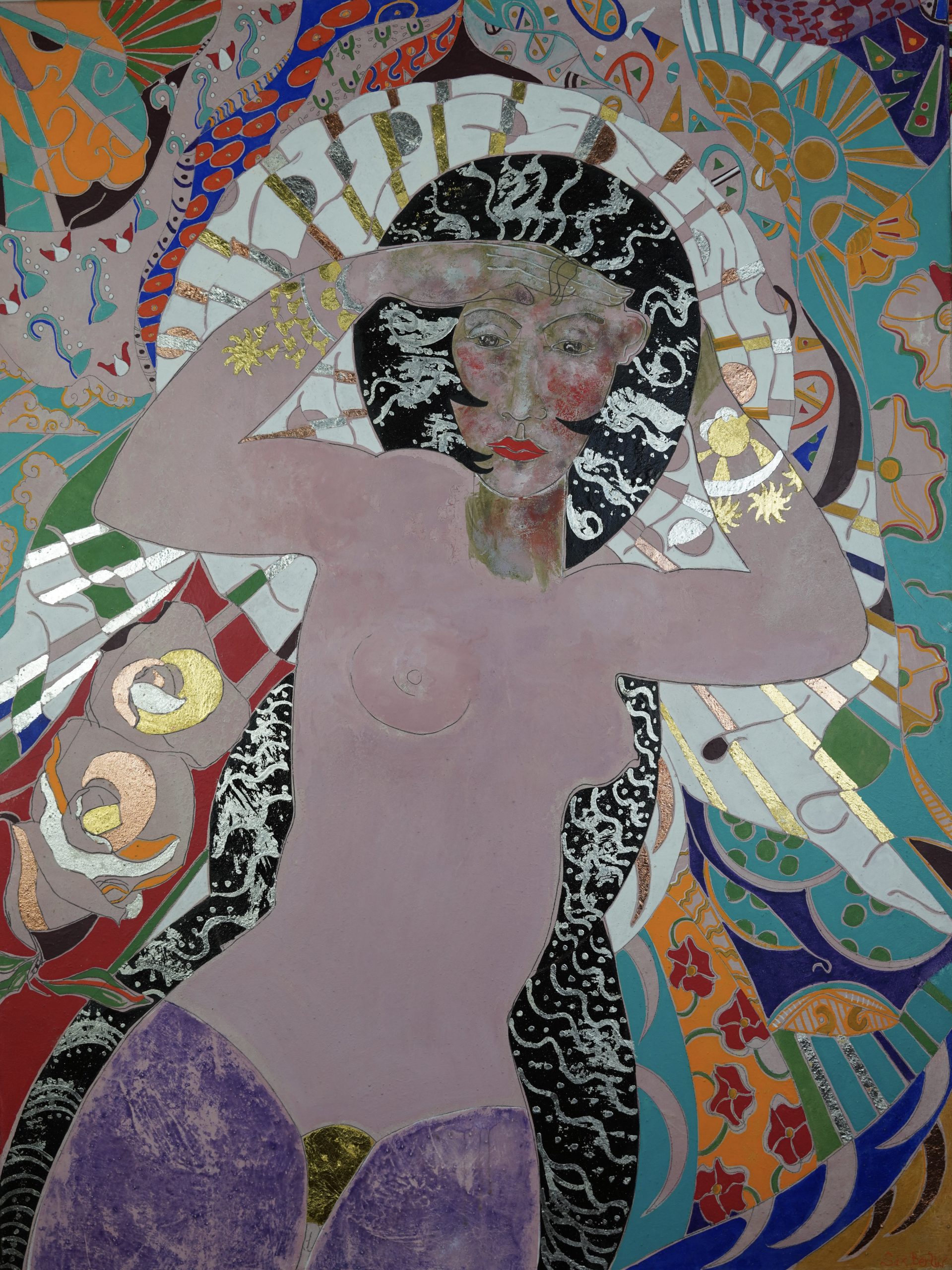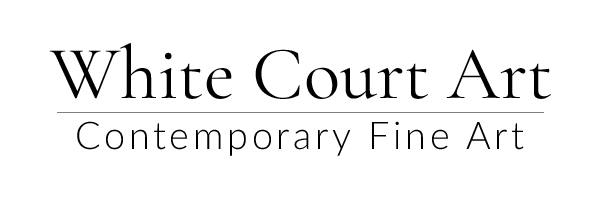Exploring the Captivating Narratives of Modern Expression
Contemporary figurative painting breathes new life into the timeless tradition of capturing the human form on canvas. This dynamic art form combines technical skill with a contemporary lens, allowing artists to convey narratives, emotions, and social commentary through their depictions. In this blog, we will delve into the captivating world of contemporary figurative painting, exploring its characteristics, notable artists, evolving trends, and the enduring allure it holds for art enthusiasts and collectors alike.
Contemporary figurative painting represents a vibrant fusion of traditional techniques and modern sensibilities. Artists working in this genre portray the human figure in a representational manner, often capturing the subject’s likeness and physical features with a high degree of technical skill. However, what sets contemporary figurative painting apart is its ability to transcend mere visual representation, offering a deeper exploration of human experiences, identities, and emotions.
Notable Artists and Their Contributions
The realm of contemporary figurative painting is teeming with exceptional talents who have made significant contributions to the art world. Artists like Jenny Saville, Sax Berlin,Kerry James Marshall, and Amy Sherald have gained international acclaim for their captivating portrayals of the human figure.
Jenny Saville, known for her bold and visceral depictions of the female form, challenges conventional beauty standards and explores themes of identity and body image. Her large-scale paintings evoke a sense of rawness and vulnerability, inviting viewers to confront societal notions of femininity.
Kerry James Marshall, on the other hand, uses figurative painting to explore themes of race, history, and social justice. His powerful and thought-provoking works depict African American subjects in vibrant, richly layered compositions, challenging stereotypes and celebrating black identity.
Amy Sherald gained widespread recognition for her portrait of former First Lady Michelle Obama. Sherald’s distinctive style, characterized by grayscale skin tones against brightly colored backgrounds, offers a fresh perspective on portraiture and explores notions of representation and visibility.

Evolving Trends in Contemporary Figurative Painting
As with any art form, it experiences ongoing evolution and experimentation. Artists are increasingly incorporating elements of abstraction, surrealism, and symbolism into their figurative works, pushing the boundaries of representation and exploring new visual languages.
Another emerging trend is the inclusion of diverse identities and narratives within figurative painting. Artists are embracing inclusivity, representing individuals from various cultural backgrounds, genders, and sexual orientations. This shift provides a platform for marginalized voices and challenges traditional art historical canons.
The Allure of Contemporary Figurative Painting (Approximately 200 words): Contemporary figurative painting continues to captivate art enthusiasts and collectors for several reasons. Its ability to convey narratives, emotions, and social commentary makes it a powerful tool for storytelling and cultural reflection. The enduring fascination with the human form ensures that figurative painting remains relatable and accessible, resonating with viewers on a deeply human level.
Moreover, the technical skill and mastery required to create figurative works contribute to their appeal. The intricate rendering of form, the play of light and shadow, and the delicate balance of composition showcase the artist’s expertise and dedication.
Contemporary figurative painting bridges the gap between tradition and modernity, offering a rich and diverse visual landscape that reflects our complex human experiences. With its powerful narratives, exploration of identity, and technical excellence, this art form continues to captivate audiences worldwide. As artists push the boundaries of representation and experiment with new approaches, the allure of contemporary figurative painting is destined to evolve and inspire for years to come.
